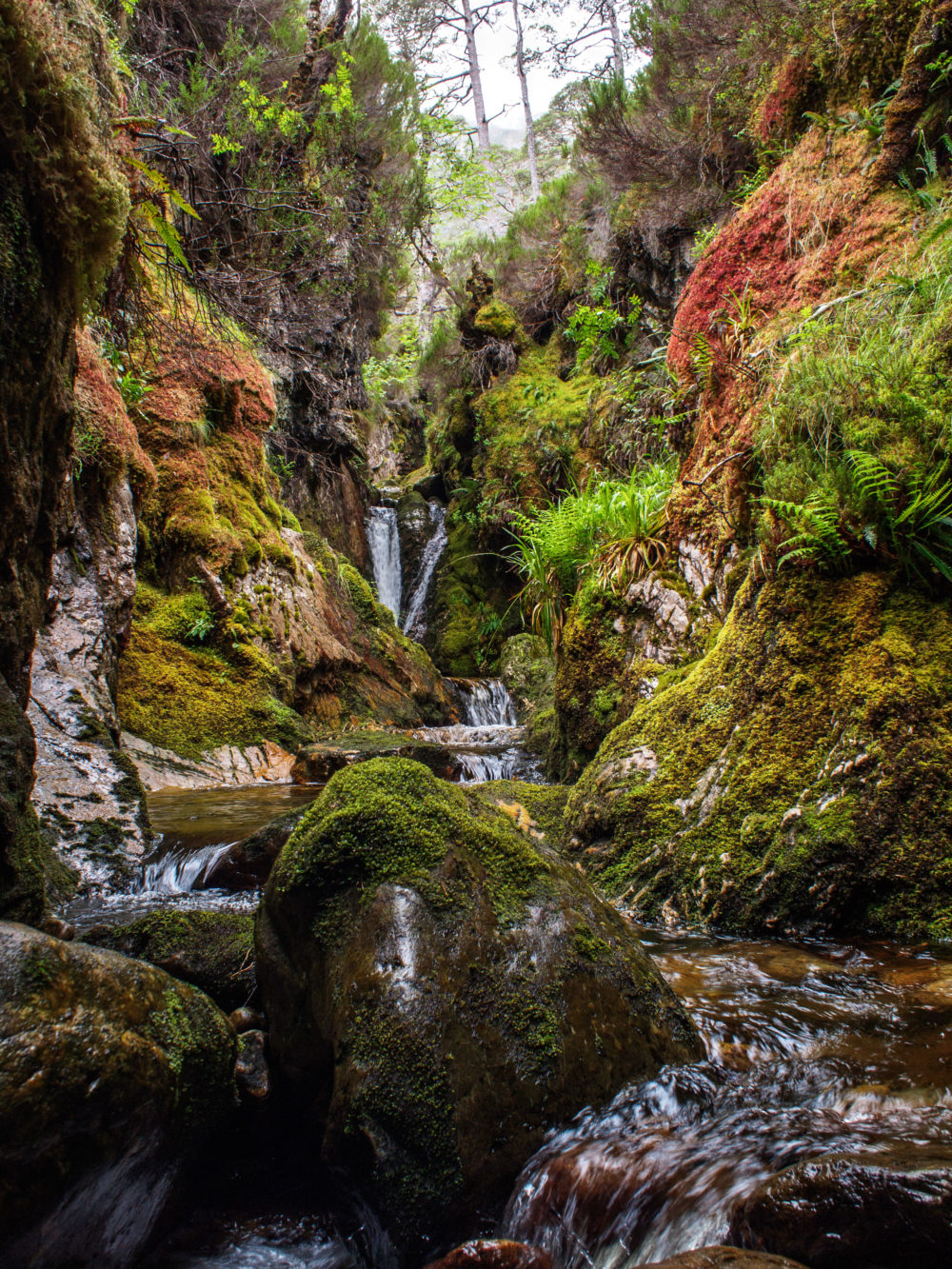Some of Scotland’s largest nature conservation organisations are coming together in a bid to save the country’s dwindling rainforests – found on the west coast from Wester Ross down to Argyll.
Members of the Atlantic Woodland Alliance gathered at the Royal Botanic Garden Edinburgh on Monday for the launch of a State of Scotland’s Rainforest report outlining the current condition of these rare woodlands. The partners will now work to implement a strategy to save and expand them.
The Alliance is made up of Butterfly Conservation Scotland, the Community Woodlands Association, Forestry and Land Scotland, Future Woodlands Scotland, John Muir Trust, Loch Lomond and Trossachs National Park Authority, the National Trust for Scotland, Plantlife Scotland, the Royal Botanic Garden Edinburgh, RSPB Scotland, Scottish Forestry, Scottish Land and Estates, Scottish Natural Heritage, the Scottish Wildlife Trust, Trees for Life and the Woodland Trust Scotland.
“Our rainforest relies on mild, wet and clean air coming in off the Atlantic, and is garlanded with a spectacular array of lichens, fungi, mosses, liverworts and ferns. Many are nationally and globally rare and some are found nowhere else in the world.”
A good example of this habitat could contain over 200 different species of bryophytes, such as the deceptive featherwort and the greater fork moss, and over 150 different species of lichen, such as tree lungwort and golden specklebelly.
Chris Ellis from the Royal Botanic Garden Edinburgh, which is hosting the launch, said:
“This habitat was once found all along Europe’s Atlantic coast, but it has dwindled over thousands of years due to clearance and air pollution from steady industrialisation. The west coast of Scotland has suffered less from these pressures and is now one of the last strongholds of Europe’s rainforest.”
The new report reveals that there is as little as 30,325 hectares of rainforest left in Scotland. The remnant oak, birch, ash, native pine and hazel woodlands are small, fragmented and isolated from each other. They are over mature and often show little or no regeneration. They are in danger of being lost forever.
- Almost all of the rainforest is overgrazed to a degree that will prevent it from re-growing.
- Invasive rhododendron can be found in 40% of rainforest sites where it threatens to choke the woodlands and prevent the distinctive rainforest flora from surviving.
- One in every five sites has been planted up with exotic conifer plantations which lower their value as rainforest habitat.
- Ash dieback threatens the future of our northern and western most ash woods.
- Climate change and air pollution are set to decimate the last refuge for the rare plants that make the rainforest so special to us and the rest of the world.
Gordon Gray Stephens, representing the Community Woodlands Association, said: “It’s not too late to take action. Our vision for regenerating Scotland’s rainforest is clear: we need to make it larger, in better condition, and with improved connections between people and woods. Coming together as an Alliance can help to make this happen.”
A bigger, more vigorous and better connected rainforest will allow wildlife to spread out and will be more resilient to threats and environmental changes, and better able to survive and thrive in the long term. It will also contribute to Scotland’s sustainable development and economic growth – sites will be visited more, become more productive and will be better championed and supported by businesses, local communities, charities and government agencies.
More partners are sought to join the Alliance with the aim of working together, sharing ideas and experience, and developing and funding innovative projects to save Scotland’s rainforest.
Atlantic Woodland Alliance members own or manage two fifths of Scotland’s best rainforest sites – most of which are open to the public. Some of the best include:
Crinan Wood, Argyll – Woodland Trust Scotland
Ballachuan Hazelwood, Seil Island, Argyll – Scottish Wildlife Trust
Dalavich Oakwood, Argyll – Forestry and Land Scotland
Inversnaid Nature Reserve, Loch Lomond – RSPB Scotland
Balmacara Estate, Kyle of Lochalsh – National Trust for Scotland
Beinn Eighe and Loch Maree Islands National Nature Reserve, Wester Ross – Scottish Natural Heritage
Allt Mhuic, Lochaber – Butterfly Conservation Scotland/Forestry and Land Scotland
Scotland’s rainforest is just as lush and just as important as tropical rainforest, but is even rarer (Photo: Stan Phillips/Scotland Natural Heritage)



